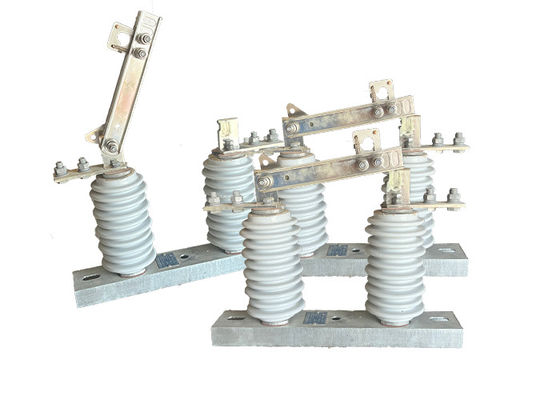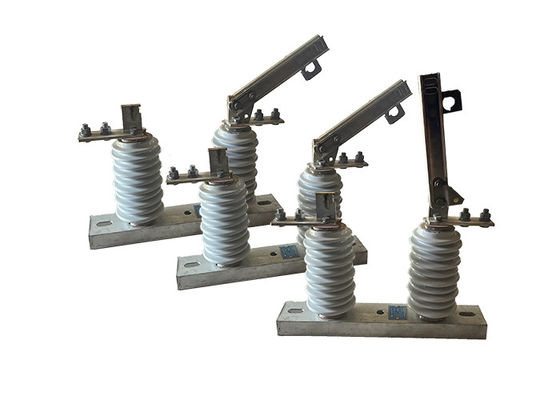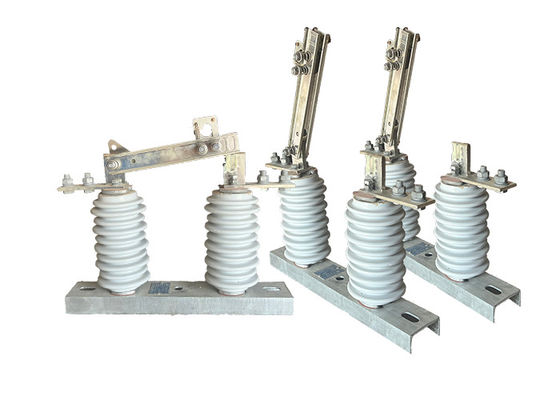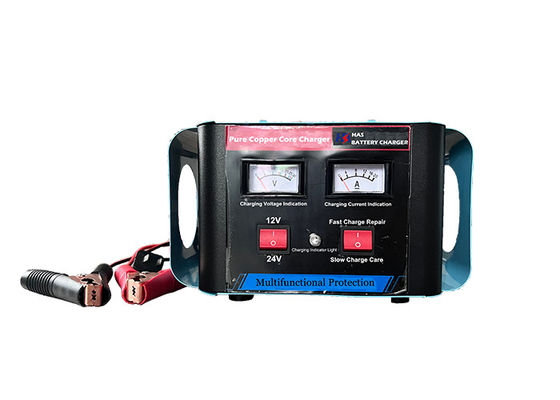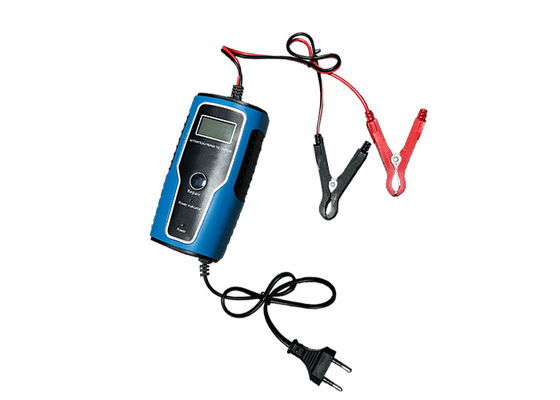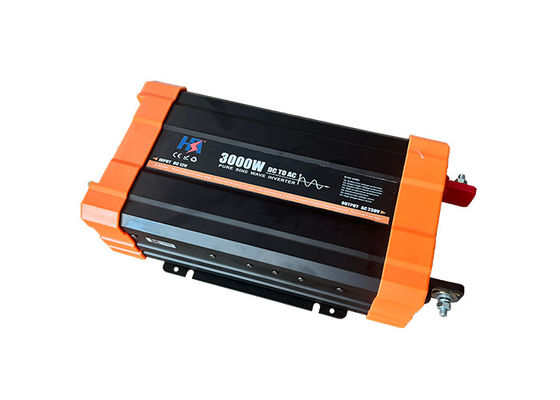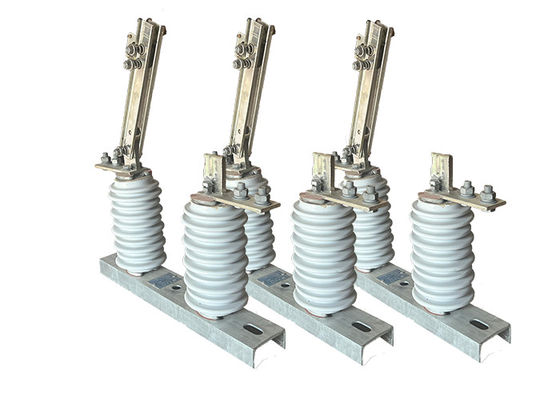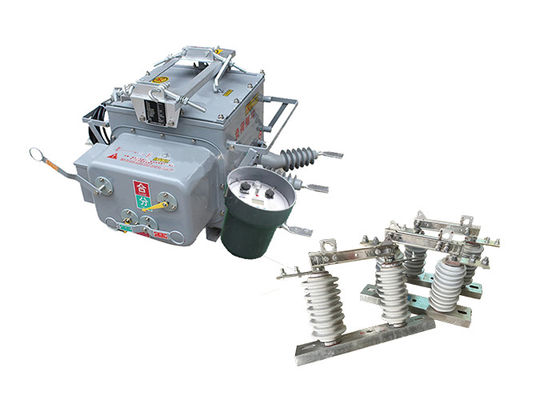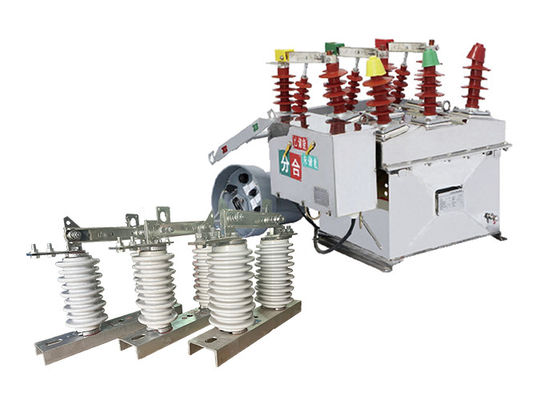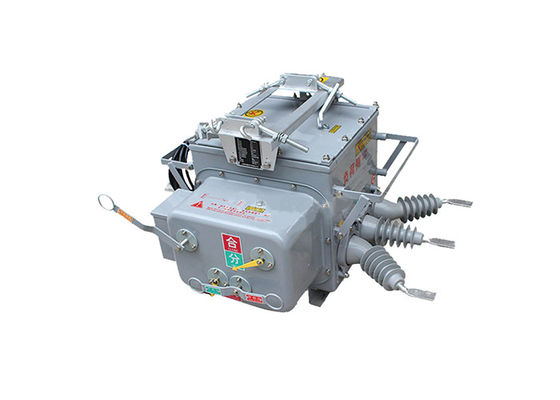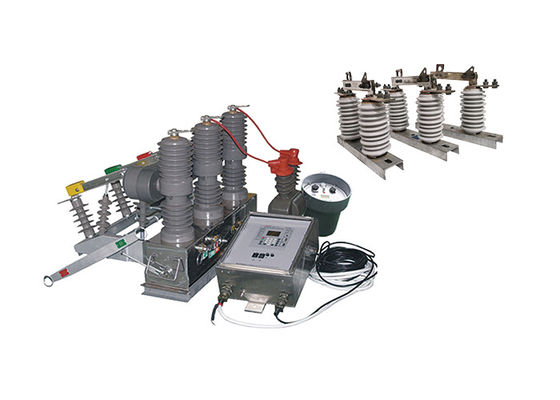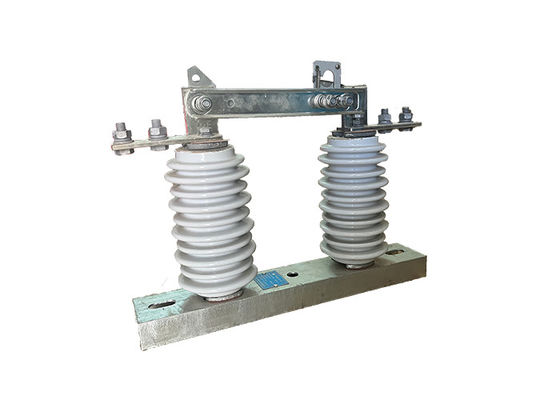High Voltage Vertial Electrical Isolator Operated Manually Or Automatically For Breaking For Destribution System
Product Decription:
High Voltage Electrical Isolator is a type of electrical switch used in power systems to isolate a circuit from the rest of the system for maintenance or safety purposes. The term "vertical" refers to the orientation of the isolator, which is mounted vertically on a support structure.
High Voltage Electrical Isolators are commonly used in high voltage transmission and distribution systems to isolate sections of the network for maintenance or repair work. They are designed to handle high voltages and currents and are often installed in outdoor locations.
High Voltage Electrical Isolators typically consist of a set of stationary and movable contacts that are separated by an air gap. When the isolator is in the closed position, the contacts are in contact with each other, allowing current to flow through the circuit. When the isolator is opened, the contacts are separated, interrupting the flow of current through the circuit and isolating it from the rest of the system.
High Voltage Electrical Isolators are an important component of power system safety and reliability and are designed to operate in a variety of environmental conditions. They are often subject to rigorous testing and certification requirements to ensure that they meet industry standards for performance and safety.
Application:
1.Circuit isolation: High voltage electrical isolators are primarily used to isolate sections of a power system for maintenance or repair work. This allows workers to work safely on the isolated circuit without the risk of electrocution or other electrical hazards.
2.Safety: High voltage electrical isolators are also used as a safety device to protect workers and the public from electrical hazards. By isolating a circuit, High voltage electrical isolators prevent accidental contact with live parts of the system and reduce the risk of electrical accidents.
3.Fault protection: High voltage electrical isolators can also be used to protect the power system from faults, such as short circuits and overloads. By isolating a faulty section of the system, High voltage electrical isolators prevent the fault from spreading to other parts of the system and causing further damage.
4.Switching: High voltage electrical isolators can be used as a switching device to control the flow of power in a system. By opening or closing the isolator, the flow of power can be directed to different parts of the system as needed.
5.Testing: High voltage electrical isolators can also be used for testing purposes, such as to measure the voltage or current in a circuit, or to test the performance of other components in the system.
Structure:
1.Porcelain Insulator Body: The insulator body is the main component of the isolator, and is typically made of high-strength porcelain. It is designed to provide electrical insulation between the conductor and supporting structure, and is molded into the desired shape and size.
2.Metal End Fittings: The metal end fittings are attached to the insulator body and provide a means of connecting the isolator to the conductor and supporting structure. They are typically made of galvanized steel or other corrosion-resistant material, and may be designed with special features such as clevises or ball-and-socket joints for easy installation.
3.Sealing Compound: A sealing compound is used to seal the joint between the insulator body and metal end fittings, preventing moisture and contaminants from entering the interior of the isolator.
4.Hardware: Hardware such as bolts, nuts, and washers are used to secure the metal end fittings to the insulator body and supporting structure.
Fitting Caps: Fitting caps are used to protect the metal end fittings from corrosion and damage, and may be made of plastic or other materials.
5.Additional Features: Depending on the specific application, porcelain high voltage electrical isolators may be designed with additional features such as insulating barriers, arc chutes, and earth switches to improve their performance and safety.
Operation:
1.When the HV electrical isolator is in the closed position, the contacts of the isolator are in contact with each other, allowing current to flow through the circuit. Thet HV electrical isolator is closed by manually or remotely operating the isolator, depending on the type of the HV electrical isolator.
2.To isolate a section of the power system, the HV electrical isolator must be opened. This is typically done by manually or remotely operating the isolator to separate the contacts and interrupt the flow of current through the circuit.
3.Once the HV electrical isolator is opened, the section of the power system that is connected to the isolator is isolated from the rest of the system. This allows maintenance or repair work to be performed safely on the isolated circuit.
4. When the maintenance or repair work is complete, the HV electrical isolator can be closed to restore power to the isolated circuit. This is done by manually or remotely operating the isolator to connect the contacts and restore the flow of current through the circuit.
Condition:
1.The altitude does not exceed 1000m
2.The ambient air temperature: Maximum+ 40'C ;Minimum:General Area -30'C, Paramos -40 C;
3.The wind pressure does not exceed 700Pa.(corresponding to 34m/s wind speed);
4.The earthquake intensity does not exceed 8 degrees;
5.The working situation is without frequent violent vibration;
6.The installation site of ordinary type isolator should be kept away form gas, smoke chemical deposition, salt-spray fog, dust
and other explosive and corrosive maters that affect seriously insulation and conduction capability of the isolator
7.Pollution-proof type isolator is applies to severe filthy conduction area, however, it shouldn't be any explosive matters and matters causing fire
Technical Parameters:
| Serial No. |
Parameter |
Unit |
Data |
| 1 |
Rated Voltage |
kV |
12 |
| 2 |
Rated Current |
Model No. |
(H)GW9-12(W)/630-20 |
A |
630 |
| (H)GW9-12(W)/1000-20 |
1000 |
| (H)GW9-12(W)/1250-31.5 |
1250 |
| 3 |
4s Short-time withstanding current |
Model No. |
(H)GW9-12(W)/630-20 |
kA |
50 |
| (H)GW9-12(W)/1000-20 |
50 |
| (H)GW9-12(W)/1250-31.5 |
80 |
| 4 |
Rated Insulation Level |
Lightning surge withstand voltage(peak) |
Polar-to-Earth
(Positive & Negative) |
kV |
75 |
Interfracture
(Positive & Negative) |
85 |
Industrial frequency withstand voltage
(1 min)
(Effective value) |
Dry Test/Wet Test |
Polar-to-Earth |
42(Dry)
34(Wet) |
| Interfracture |
48(Dry) |
| 48(Dry) |
48(Dry)
40(Wet) |
| 5 |
Main Circuit Resistance |
μ Ω |
630 |
| 1000 |
| 1250 |
| 6 |
Mechanical Life Time |
times |
50 |
| 50 |
80
|









 Your message must be between 20-3,000 characters!
Your message must be between 20-3,000 characters! Please check your E-mail!
Please check your E-mail!  Your message must be between 20-3,000 characters!
Your message must be between 20-3,000 characters! Please check your E-mail!
Please check your E-mail! 
